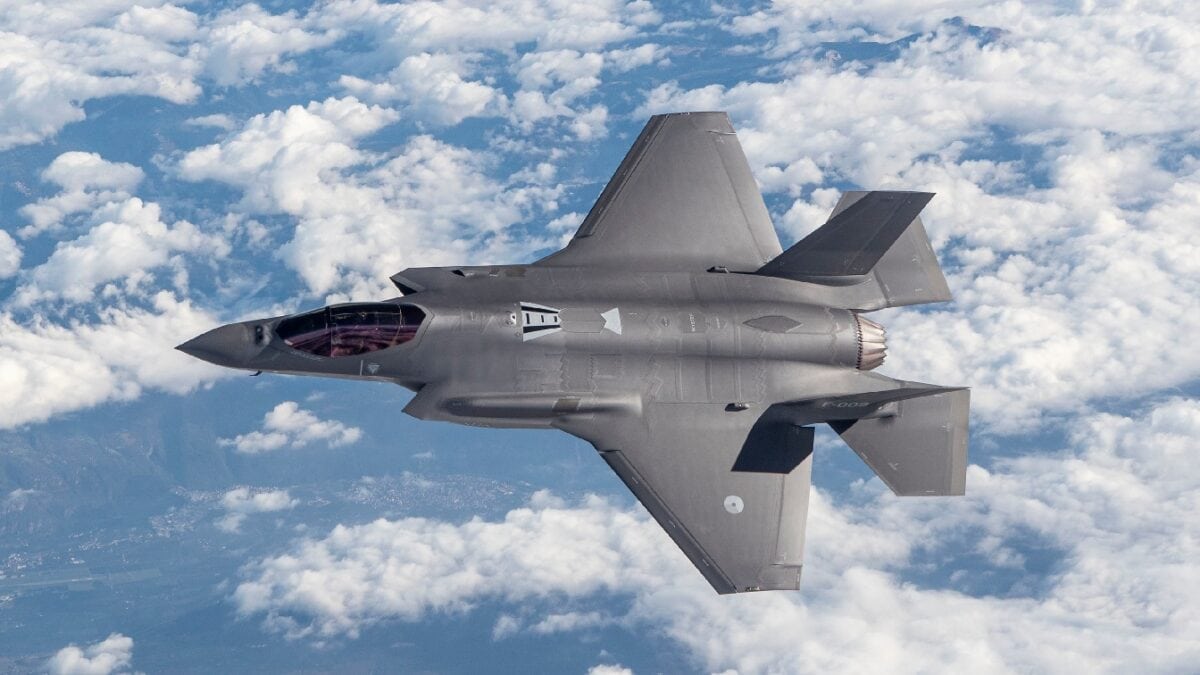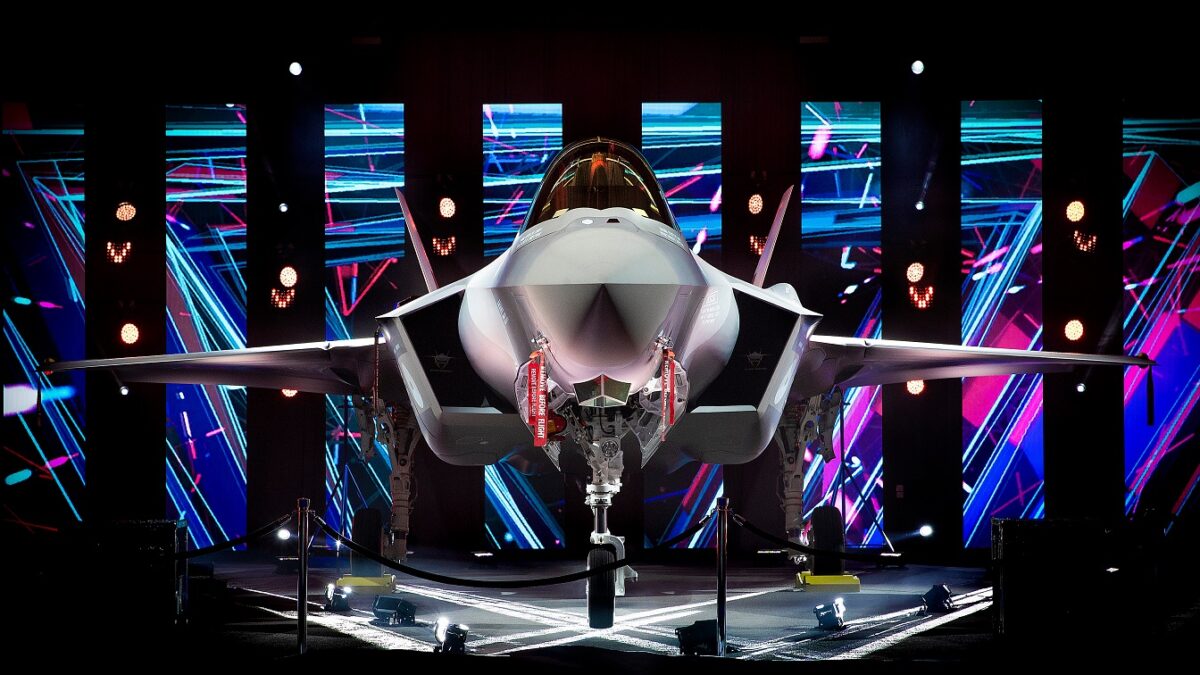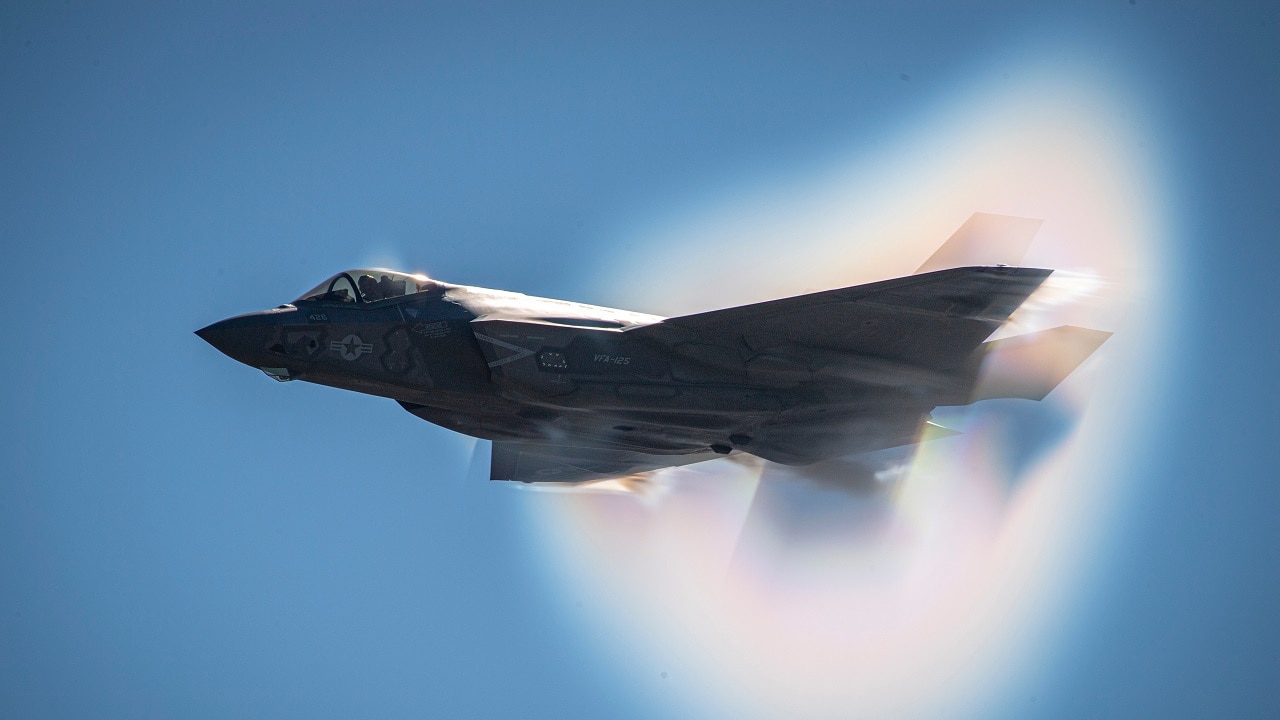If you follow U.S. military affairs at all, you have probably heard plenty of criticism about the F-35 Lightning II – namely, that the program is overly expensive and has endured multiple delays over the years.
What many of these naysayers may not have considered is that the stealth warplane sells extremely well overseas. It is designed to battle China or Russia in aerial combat, and U.S. allies have ordered the fighter in great numbers to stop incursions into their airspace and to deter their adversaries. Let’s examine in more detail how the F-35 has been such a hit on the export market.
Germany Is the Latest F-35 Customer
At the end of July, the U.S. State Department approved another giant buy of the F-35A. This time the customer is Germany. The deal is for $8.4 billion to purchase 35 F-35As, among other weapons and equipment. The F-35 can deploy with nuclear weapons, and the Germans believe the stealth fighter is the ideal choice for deterrence and response missions.
Germany previously depended on the outdated PA-200 Tornado for nuclear delivery. The Germans had intended to purchase the F/A-18 Super Hornet, but earlier this year opted instead for the F-35A. The Lightning II was seen as a better fit because so many other NATO allies fly it, and Berlin also considered the aircraft a necessary answer to counter Russia. The choice also improves Berlin’s relations with Washington.
Germany joins a long list of U.S. allies who are buying or plan to buy the F-35. The numbers are staggering, and they will keep the Lockheed Martin plant in Fort Worth, Texas, busy for years.
Plenty of Other Euro Customers
On June 30, Greece sent an official request to purchase 20 F-35s. If the initial purchase goes well, the Greeks could buy another squadron of 20 Lightning IIs. Greece will not immediately acquire the F-35. The purchase will wait until 2028, as their air force must first invest to train pilots and maintenance crews. They also need to build infrastructure such as hangars and airstrips, and improve their defense industrial base in order to keep the F-35s flying.
On July 20, the Czech Republic said it selected the F-35 for acquisition. The Czech military will start negotiations with the Americans to purchase 24 of the fifth-generation jets. The F-35s will eventually replace the Czech air force’s JAS 39 Gripens with two squadrons of Lightning IIs. When the F-35s take over, by 2027, the Czech Republic will become the 16th nation to import the F-35.
Finland is another recent customer. In late May, Finland’s Defense Ministry announced it will buy a whopping 64 F-35s to replace the F/A-18. The airplanes will begin to be delivered in 2026, and they will be fully operational by 2030. Some of the Finnish F-35s will comprise a NATO quick-reaction force, as Finland is a prospective member of the alliance.
Meanwhile Switzerland, not known for its military, has a provisional agreement to buy 36 F-35s in a deal worth $6.1 billion. This acquisition has become contentious though. Left-wing Swiss groups do not want Switzerland to close the deal, and they have collected signatures to force a referendum on the buy.
Poland, on the other hand, has no reservations about the F-35. The Poles signed a $4.6 billion agreement at the beginning of 2020 for 32 F-35s. The deal includes training and maintenance support, and delivery of the stealth fighters will start in 2024. The jets will supplement Poland’s existing fleet of F-16 C/D Block 52+ fighters and will later replace its aging Sukhoi Su-22s and Mikoyan MiG-29s.
Belgium chose the F-35 in 2018, purchasing 34 Lightning IIs. The country will have the airplane operational by 2030. Pilots will train on four simulators in Belgium. Weapons are part of a second contract that will be negotiated this year, and Belgium will build the necessary infrastructure to house the F-35 in the coming years.
Not Just Europe
In Asia, Japan is easily the best customer of the F-35. The Japan Self-Defense Forces plan to acquire 147 of the warbirds, which it operates to deter North Korea and China. Japanese and U.S. pilots trained with the F-35 during joint exercises this year.
South Korea also held joint drills with the United States using the F-35, in July. The drills marked the first time the two countries flew Lightning IIs together. South Korea has 40 F-35s that are becoming fully operational this year.
An Expert Told Me Why the F-35 Is Such a Hit
I asked John Venable, senior fellow in defense policy at the Heritage Foundation, why the F-35 is so popular overseas. Venable, a former F-16 pilot, said that countries are usually willing to rise above politics and focus on self-defense in dangerous neighborhoods such as Europe and the Indo-Pacific that are threatened by Russia and China. The F-35 is the best way to achieve strategic goals and meet requirements for overall usefulness and value.
“Other nations are able to more effectively forgo politics and base their decisions on effectiveness and real costs,” Venable said. “Like many others, Switzerland executed an open competition for its next fighter based on weapons system effectiveness, acquisition, and operating costs.”

F-35 Joint Strike Fighter in the Netherlands. Image Credit: Creative Commons.
Countries look at different factors when buying an airplane, and the F-35 checks all the boxes, according to Venable. Take the Swiss case:
“Effectiveness was a weighted combination of operational capability (55 percent), ease of maintenance (25 percent), the ability to cooperate with regional partners flying the same jet (10 percent), and direct investments in the Swiss economy (10 percent). The F-35A was an absolute standout, receiving a score of 336 points with the next nearest candidate scoring just 241 points,” Venable explained.
The Air Force veteran continued. “While the jet’s effectiveness/technological edge was no surprise, the Swiss also determined that 36 F-35As were $2.16 billion less expensive to acquire,” he said. “They can operate and sustain over the life of the weapons system than a similar number of the best of the other three fighters,” Venable said.

F-35 JSF from the Netherlands. Image Credit: Lockheed Martin.
The F-35 was designed to overwhelm warplanes and air defenses from China and Russia. Many countries agree that it is the best option for their air forces – Lockheed Martin may have to operate three shifts every 24 hours to meet the immense demand for the airplane. Beijing and Moscow probably never thought the F-35 would become such a dominant fixture in their own backyards.
Expert Biography: Serving as 1945’s Defense and National Security Editor, Dr. Brent M. Eastwood is the author of Humans, Machines, and Data: Future Trends in Warfare. He is an Emerging Threats expert and former U.S. Army Infantry officer. You can follow him on Twitter @BMEastwood. He holds a Ph.D. in Political Science and Foreign Policy/ International Relations.

